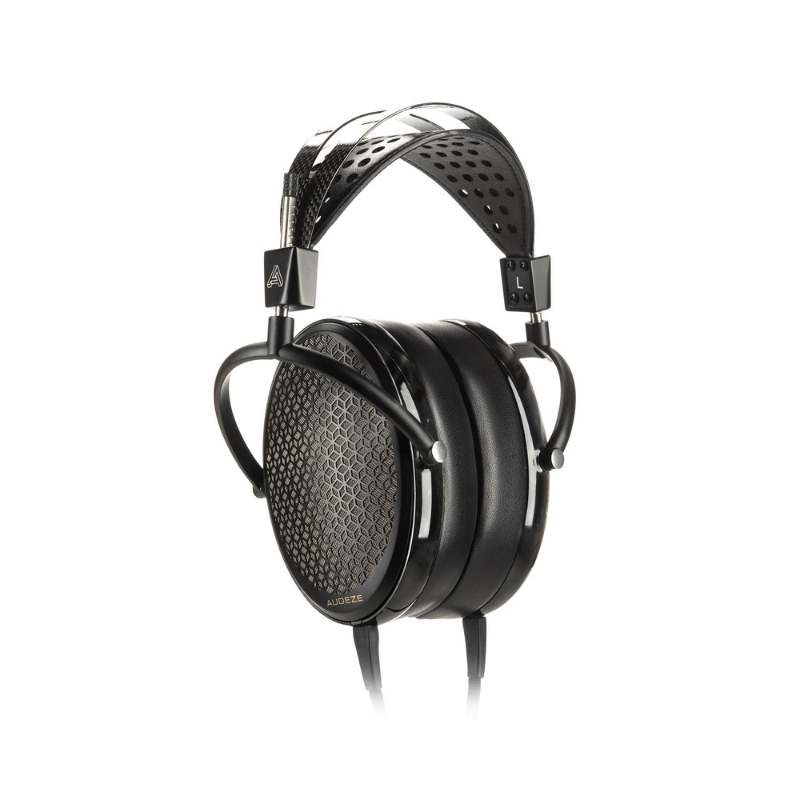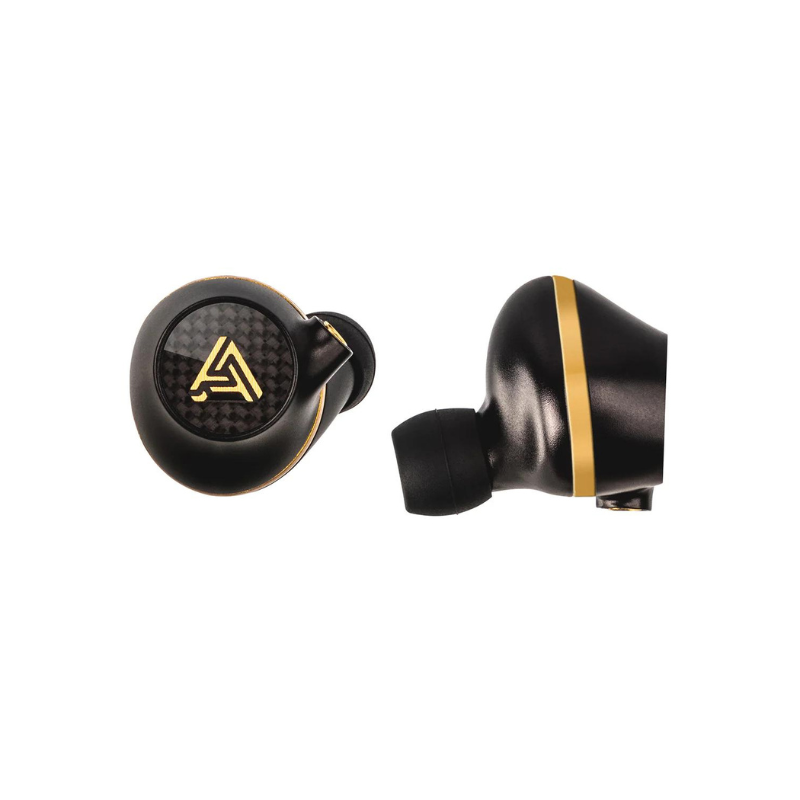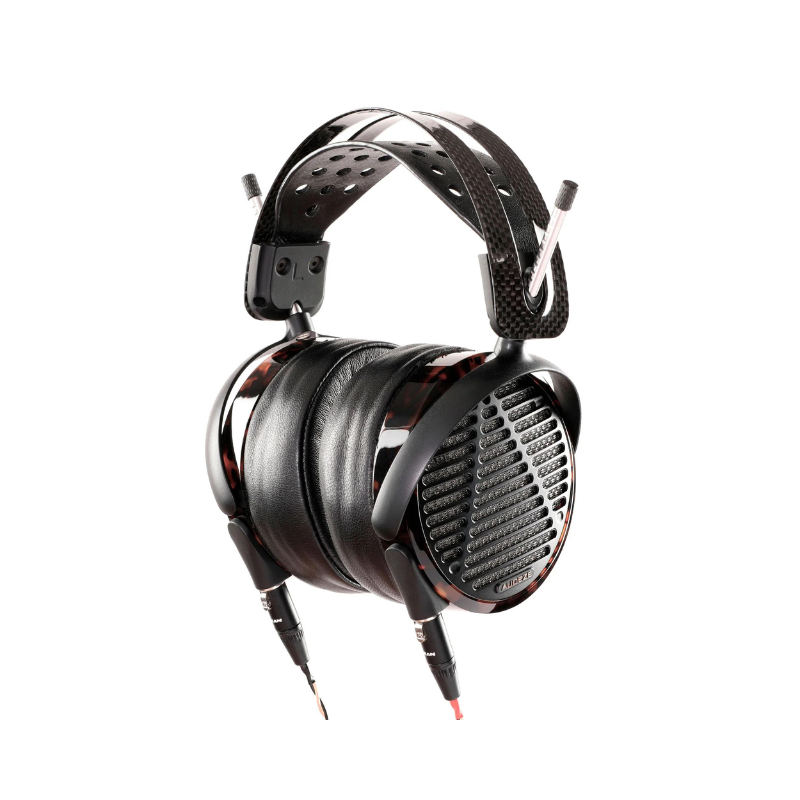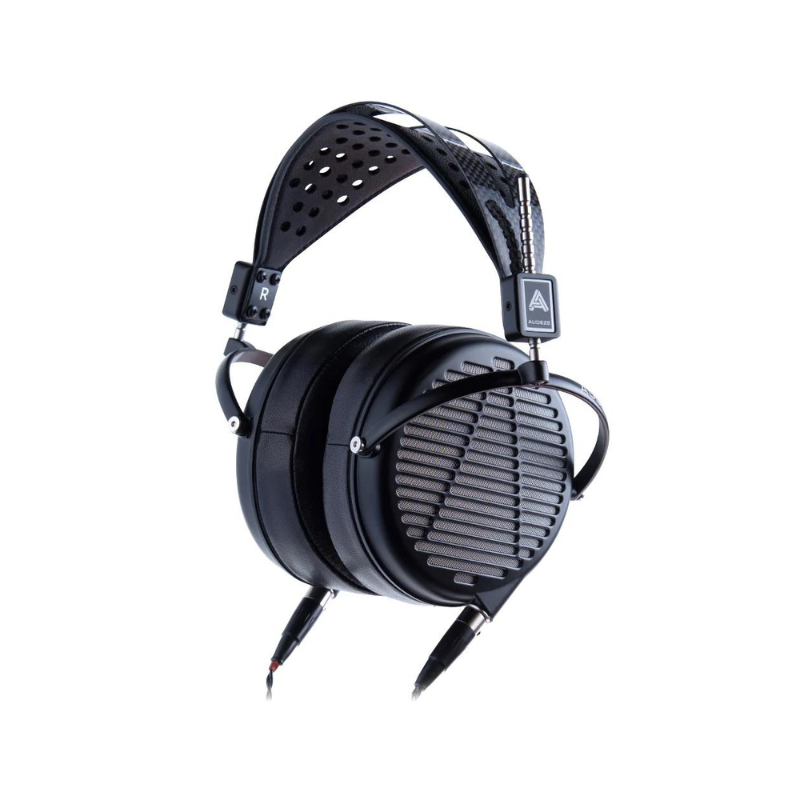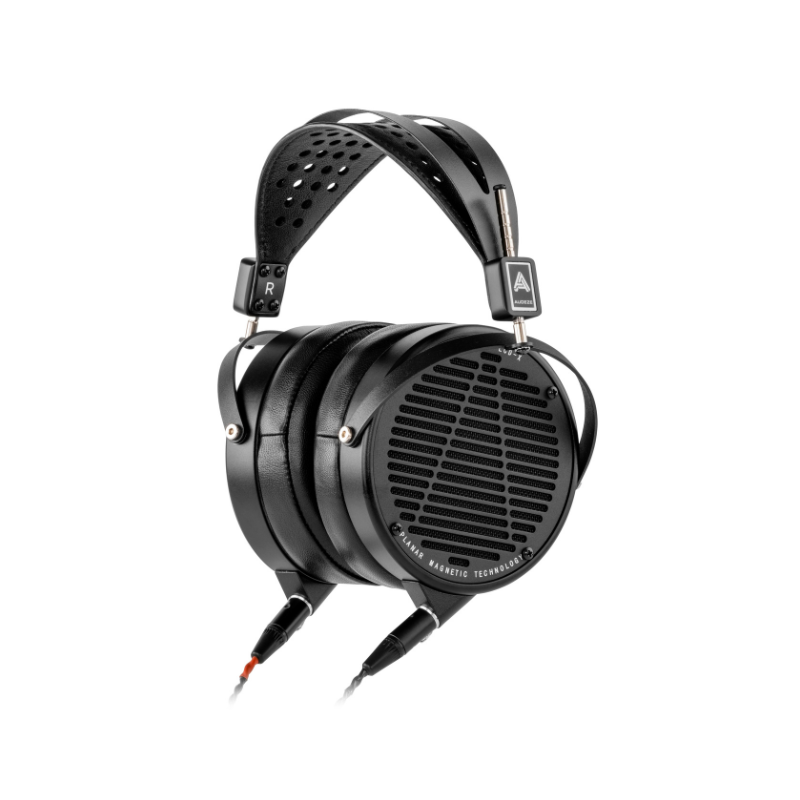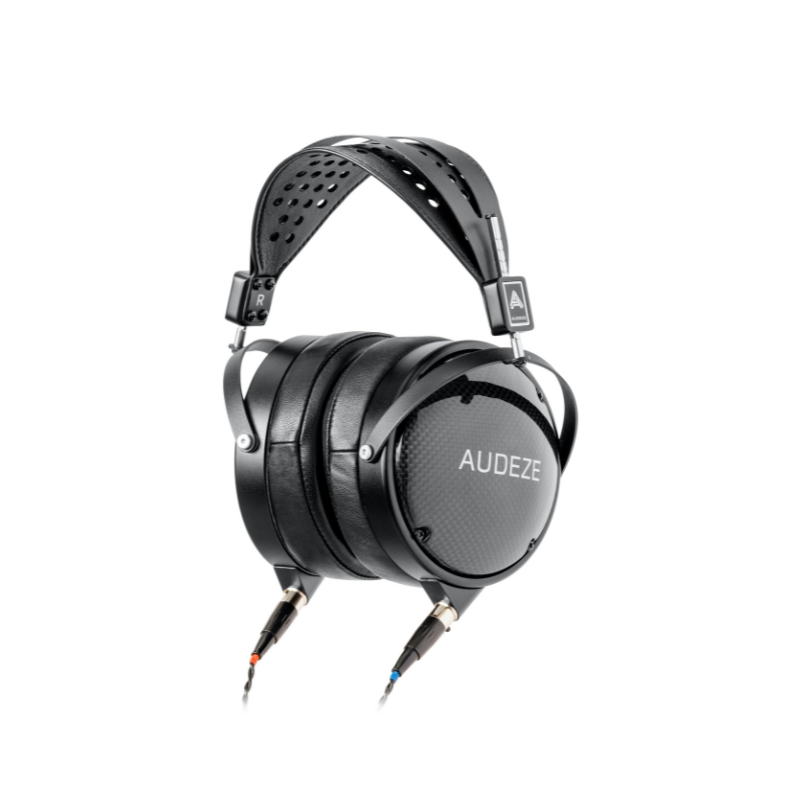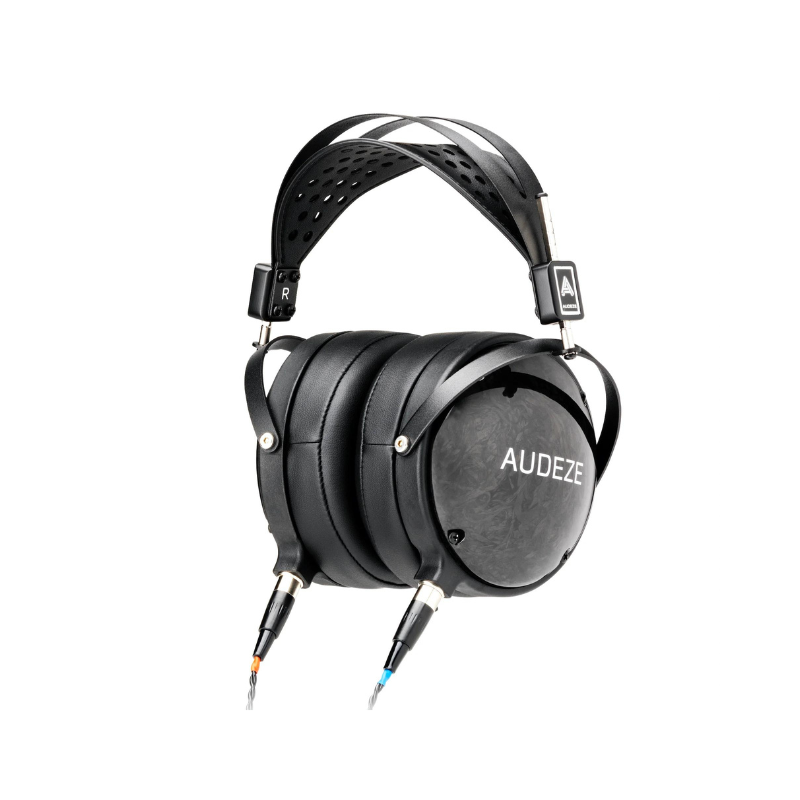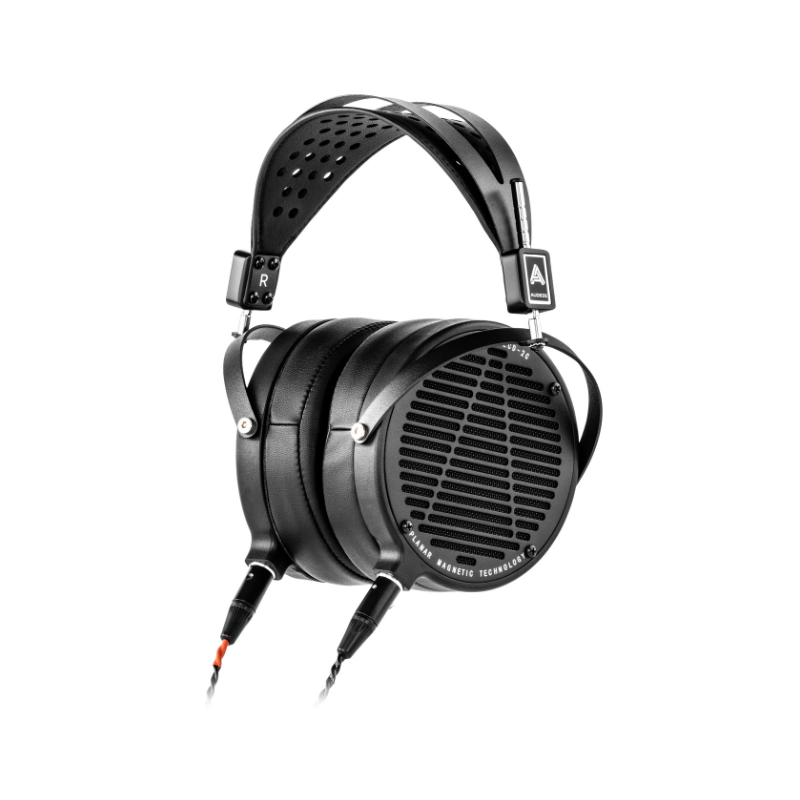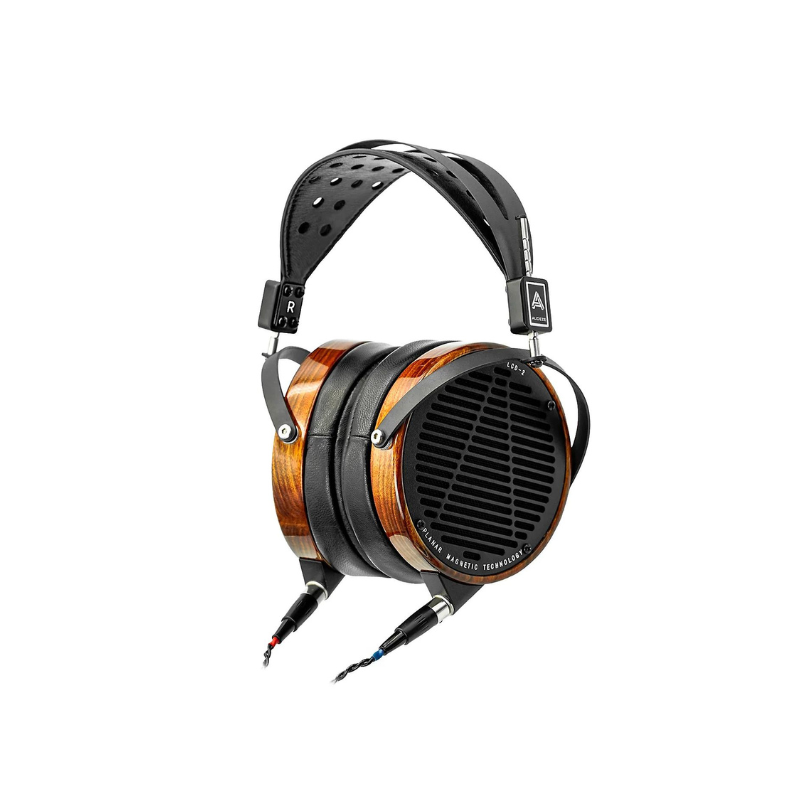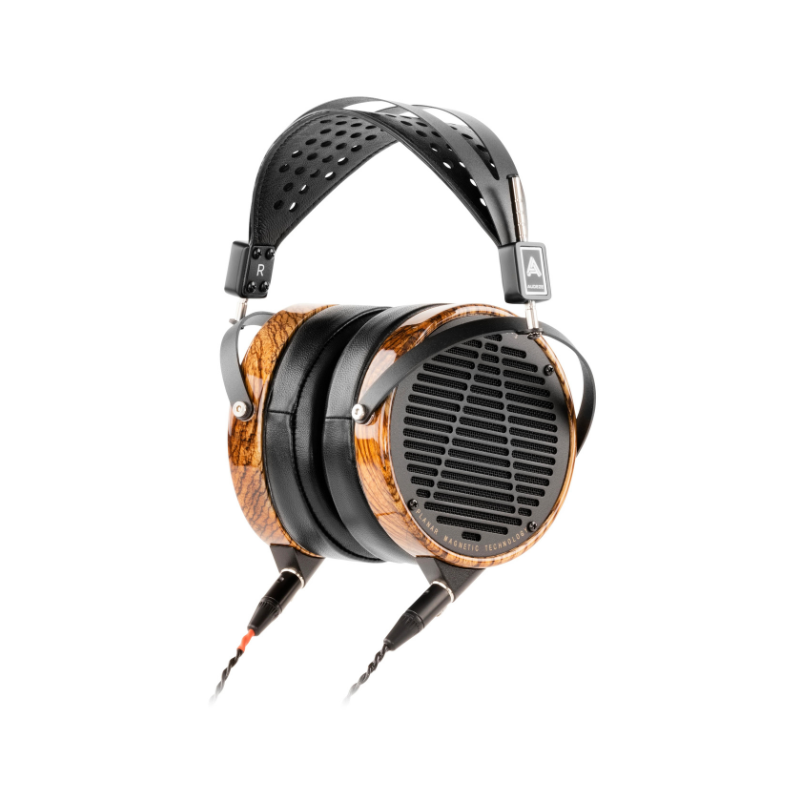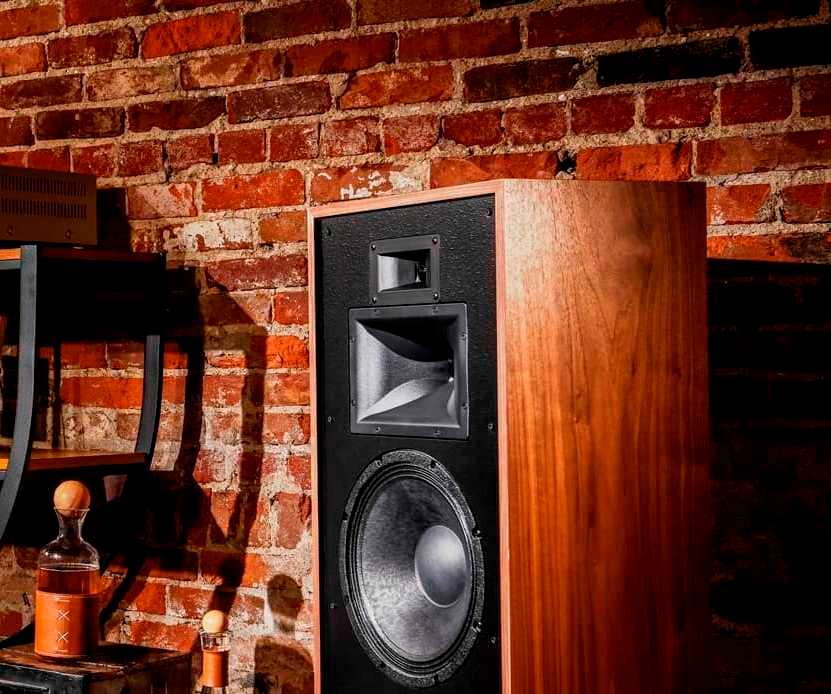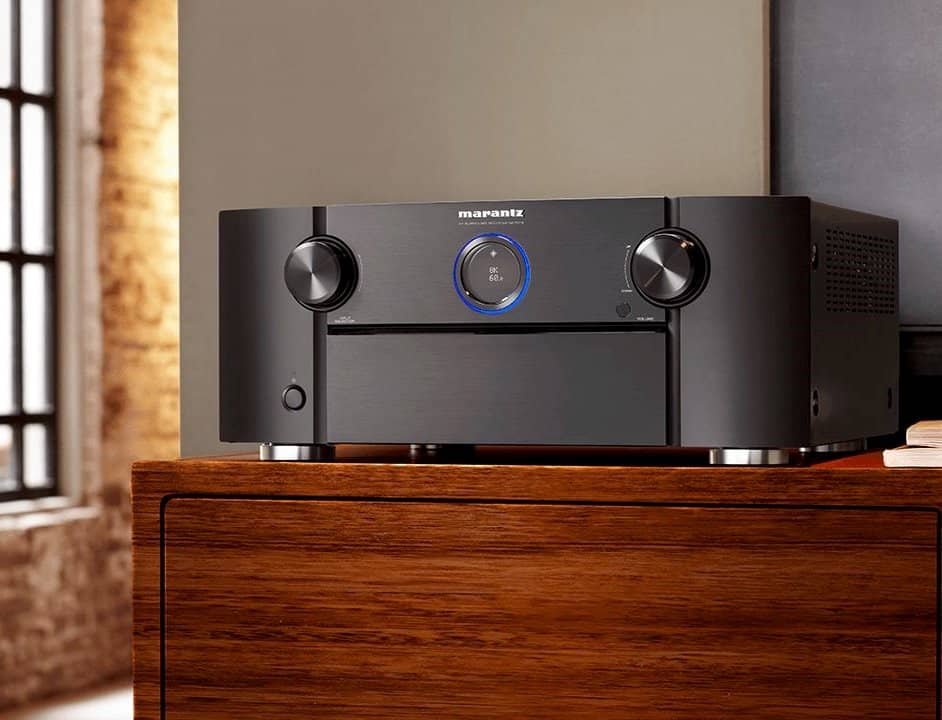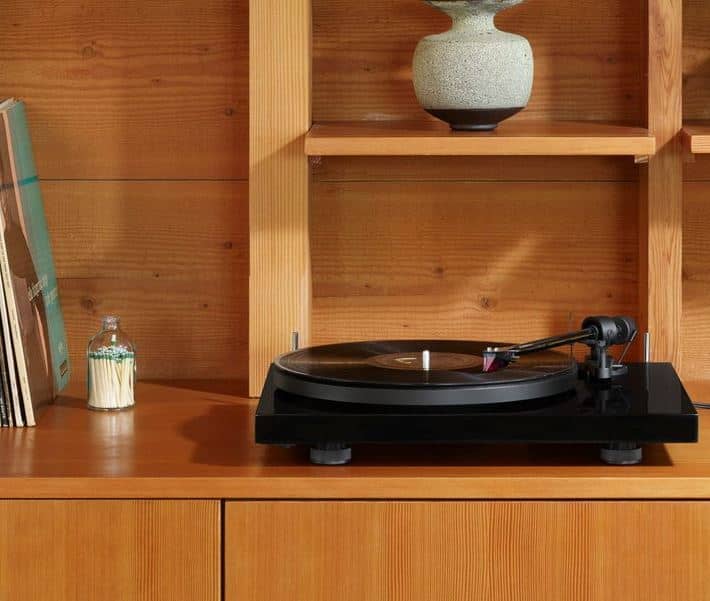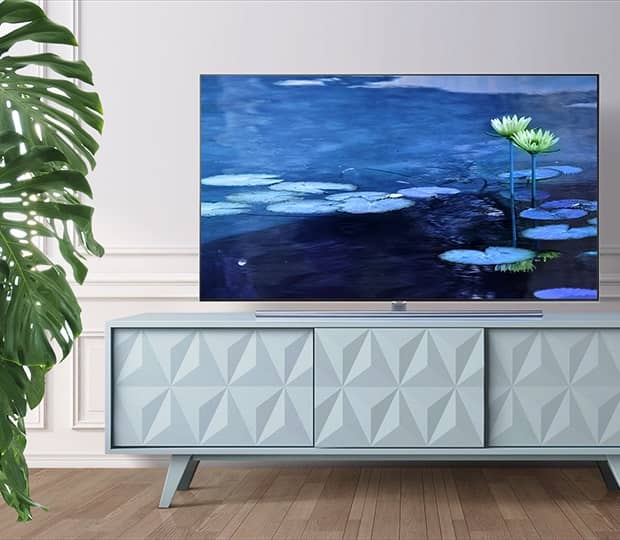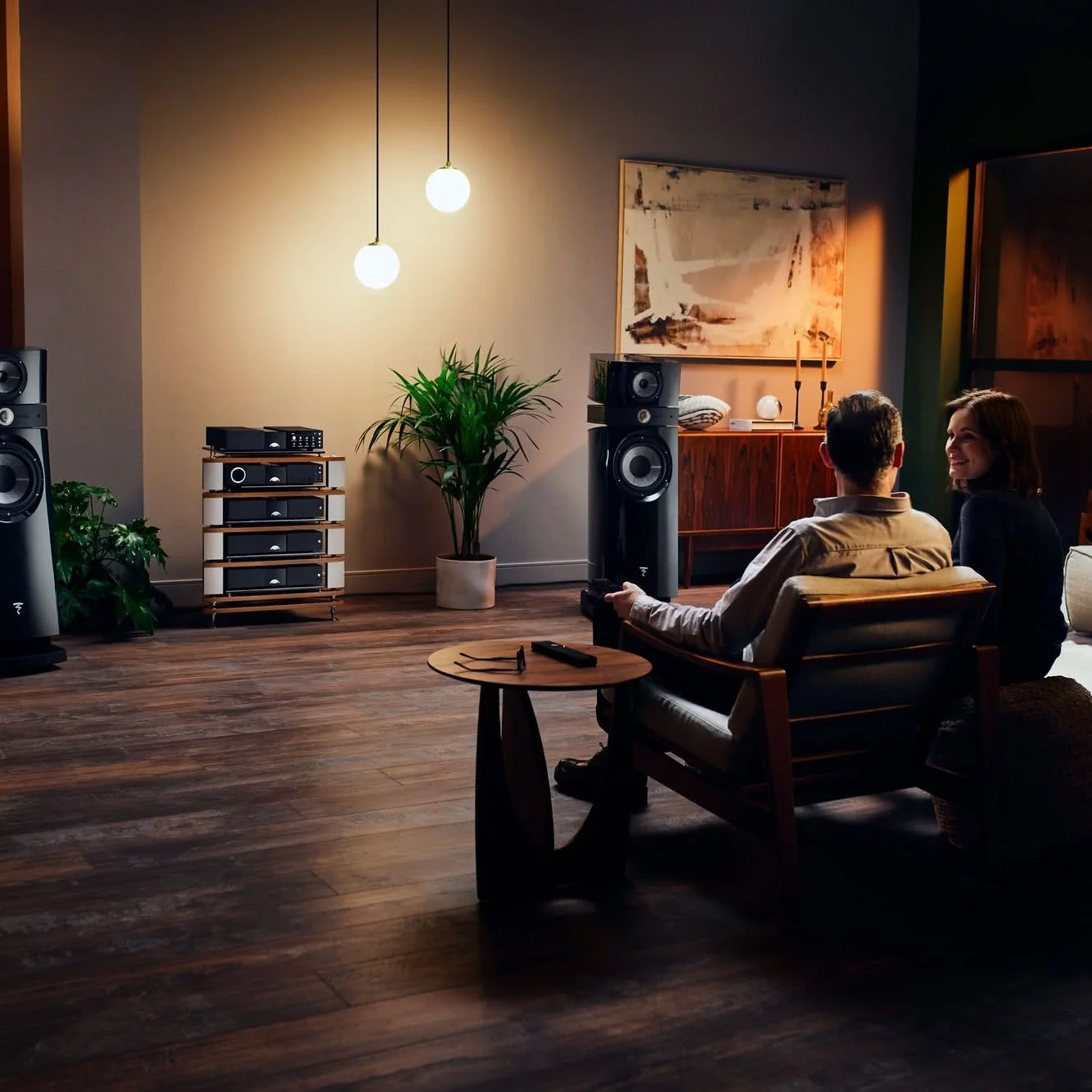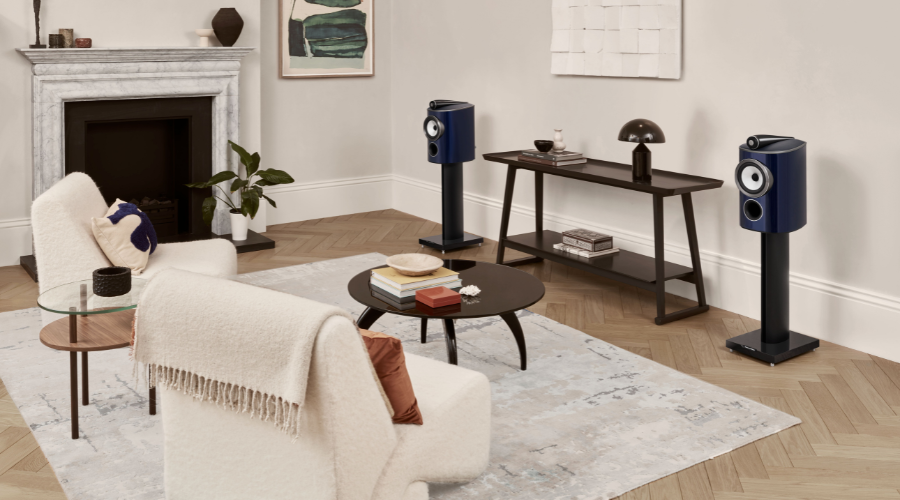Ultimate audio anywhere
Slip the compact GTW 270 Hybrid wireless earbuds into your ears and let the world fade away. The lag-free aptX™ low latency connection to your USB-C gaming device delivers high-end audio playback and lets you enter a new dimension.
Dual microphones deliver acoustic clarity and five hours of listening time is extended up to 20 with the charging case. Its ergonomic shape naturally adjusts to your ear, ensuring a secure and comfortable fit. Breakaway from reality with immersive audio on the go.
Nintendo Switch compatible
Multi-compatibility with the GSA 70 USB-C aptX™ low latency dongle specifically Nintendo Switch, Android phones, PC, and PS4 as well as standard Bluetooth® 5.1 connection to any Bluetooth® compatible device.
Portable charge case
The portable anodized aluminum carry-case is also a charger. The five-hour listening time on the earbuds is extended up to 20 hours with the case. The gamer on the go can truly depend on the GTW 270 Hybrid for uninterrupted no-compromise game audio.
Dual Wireless Connections
USB-C dongle with aptX™ low latency connection that provides high-performance single-channel audio playback and standard Bluetooth® 5.1 for dual channel transmission - speaker and microphone.
Compact design and ergonomic shape
The GTW 270 Hybrid is designed to be compact and lightweight for long-wearing comfort. The unique ergonomic shape of the earbuds adjusts to your ear to ensure a secure and comfortable in-ear fit.
Closed acoustic earbuds
The unique design of the in-ear earbuds creates an optimal acoustic seal while the closed-back design delivers maximum noise reduction. Shut out noisy environments and distractions with the compact minimalist GTW 270 Hybrid and escape into your game world with ultimate audio.
EPOS audio technology
Noise isolating custom-designed earbuds delivers deep powerful bass, natural mids, and sparkling highs. Exceptional aural clarity provides expansive audio for the enjoyment of your game’s audio realism. Escape to new worlds while going places.
Unrivalled gaming sound
Noise isolating custom-designed earbuds delivers the no-compromise EPOS signature sound in miniature. Exceptional aural clarity provides expansive audio for the enjoyment of your game’s audio realism with deep powerful bass, natural mids, and sparkling highs. Escape to new worlds while going places.
What you see is what you hear
When you’re playing a game requiring fast reflexes, the time it takes between hearing a sound and seeing the effect it has on your player character can change the course of the game! EPOS engineers dive deep to minimize latency.
Experienced gamers – especially those who play competitively – will tell you that the biggest problems that interfere with their enjoyment are often down to a characteristic of systems known as “latency” – the time delay between the moment something is triggered and the moment it is actually observed happening.
For example, every internet connection suffers from latency – the amount of time it takes for a packet of information to be sent from one place and received in another. Game controllers may also suffer from latency – the amount of time between pressing a button and seeing the action occur on screen. There’s even latency in the screens we connect to, especially if they don’t have a low-latency “game mode” – the TV may have its own image processing systems that introduce a delay to the signal.
Audio systems are no different, and wireless connections are notorious for suffering from latency. Classic Bluetooth audio connections have a latency of up to 200 milliseconds (a fifth of a second). Combine this with the other small processing delays in the chain – the button press getting to the game, the game triggering the audio, the audio getting to the Bluetooth receiver – it means there can be a very noticeable delay between what you see (the flash) and what you hear (the explosion).
Latency doesn’t matter when you’re listening to non-interactive audio – so Bluetooth headphones may be great for your favorite podcast despite their high latency. For a linear video like a movie, you can introduce a delay to the images to synchronize with the audio reaching your ears. The principle is simple – if you know what’s coming next, then you can compensate for any delays in the chain. But playing a game relies on unpredictable control inputs, so it’s not possible to delay the signal to solve the problem. This is why reducing latency for wireless headsets is vital to maintain immersion in the game.
At EPOS, we have spent a great deal of Research and Development time on reducing audio latency in our wireless systems. It begins with selecting the most suitable chipsets/components and audio codecs. (A codec is the computer program that encodes the audio ready for transmission and decodes it at the other end).
There may be engineering trade-offs required. For example, highly efficient codecs that encode, transmit and decode quickly may require lots of lossy compressions that reduce the audio quality to unacceptably low levels. Or there may be a highly efficient codec that transmits in much higher audio quality, but it requires a more powerful chipset that is both more expensive and consumes more power – which may vastly reduce the battery life of the headset. Let’s face it, if it was a simple problem to solve, every headset would have low latency, long battery life, and high-fidelity audio, but that is not the case.
The EPOS GSP 370 wireless headset is a great example of low-latency sound in wireless gaming – the latency it introduces to the audio chain is barely perceptible. We wanted to design a wireless headset that was as close as possible to a wired one in performance while maintaining an exceptionally long battery life of up to 100 hours of continuous use. We set ourselves the design challenge and achieved the right balance for the gamer who simply wants to “cut the wire”.
Our commitment to continuous improvement is empowered by our decision to equip our wireless headsets and dongles with reprogrammable firmware. This enables our team to pass on the benefits of our R&D to existing as well as future consumers.
Building products that sound great is never easy, and achieving excellence in-game audio – and that includes a focus on latency – is even harder. At EPOS, we understand what gamers need and have the engineering skills necessary to deliver against those requirements without compromise.
A great example of ingenuity in our engineering is found in the GTW 270 Hybrid wireless gaming earbuds. They can operate using Bluetooth for non-interactive audio functions like listening to podcasts or making phone calls, but they are paired with a tiny USB-C dongle that can be plugged into an Android phone or Nintendo Switch portable console for low latency gaming on the go. While they can’t quite achieve the lowest levels of latency enjoyed by the full-sized 370 headsets, by utilizing a specialist power-efficient codec called aptX™ Low Latency, EPOS can offer class-leading low latency in earbud form factor while maintaining full Bluetooth compatibility.
Compact design and ergonomic shape: Comfort for the long haul
When our engineers are developing a new headset, we have three main design imperatives: audio quality, microphone performance – and comfort.
Gamers often wear headsets for longer periods than other headset or headphone wearers. It doesn’t matter how amazing your headset sounds to you, or your voice sounds to your team-mates if after half an hour it feels like you’ve got a household appliance strapped to your head. We spend hours, weeks – months – optimizing headset fit and wearing comfort.
A quick assessment of a typical set of headphones might suggest making a headset would be a pretty simple design challenge – an adjustable slider for head size, a springy material for the frame that will help clamp them in place, a couple of foam rings and you’re about there? In fact, designing a gaming headset that will be comfortable for hours of play is a massive engineering and production challenges.
At EPOS, we carefully balance many different aspects of headset design to achieve ultimate comfort for gamers who like to play for long sessions. The shape of the ear pads and the type and softness of foam is important, but so too is the design of the connection between the ear cup and the frame. Clearly, the headband shape and general design have an impact on comfort, but so do the structure and feel of the headset materials. We must also balance overall weight and the pressure exerted from the headband to the ear cups and any other part of the headset touching the skull. Lastly, we must ensure that the fit is stable – we don’t expect the gamer to adjust and reposition the headset constantly because of poor fit or discomfort.
Balancing all the many aspects of comfort simultaneously is much harder than it seems, especially when you also factor in audio quality and microphone performance at the same time. We approach every headset as a fresh challenge. For example, the GSP 670 with its complex electronic requirements was necessarily heavier right from the early specification. This necessitated a different design approach – a more complex hinge structure with a user-adjustable clamping force.
The 300 series on the other hand are much lighter, even the GSP 370 wireless unit – this enabled a simpler earcup mount design and a fit that would be comfortable for a wide variety of head shapes without a need for clamping force adjustment.
It’s this flexible approach to design that makes EPOS so successful when we run our consumer tests for headset comfort.
We also pay attention to the smallest details. For example, if you take a look at the 300, 500, and 600 series headsets, you’ll see there’s a sculpted break in the headset foam at the top. As experts in the anatomy and shape of the skull, we know that the crown of the head is especially sensitive to pressure. It may seem intuitive therefore to ensure – of all places – there’s foam at that point to protect the most sensitive spot.
Paying close attention to all the possible pain points on a headset is an important aspect of every headset design, and we consider all aspects together to ensure both a stable fit and lasting comfort.
We also pay a great deal of attention to detail in the design of our ear cups. They need enough space to ensure that the ears – which act as a heat radiator for the head – do not become hot and sweaty. We also choose the fabrics carefully that we use next to the skin – some will feel cooler than others and help you forget the contact is there at all.
A balancing act is needed in certain other respects – some materials may be ideal for comfort, but not durability. We have to make sure earcups and headband surfaces are resistant to the chemicals commonly found in hair products and do not stain after prolonged contact with make-up.
We use memory foam – a technology developed originally for the space program and used in many applications where comfort is key – to help our earpads and headbands retain their shape for long periods of time. Memory foam has the advantage of being flexible enough to allow comfort for glasses wearers, for example, while maintaining a decent acoustic seal, essential to keep the bass response at appropriate levels.
The EPOS commitment to comfort comes from careful testing and iteration involving engineers and production experts at all stages of design. To ensure flexibility in our headset fit, we have studied many heads and ears over the years. In fact, as a constant reminder of what our business is all about, our office features an entire wall of ear molds…
Our ground-breaking wireless gaming earbuds, the GTW 270 Hybrid, represented a particularly exciting opportunity to test our design skills in the area of comfort. From our owner Demant’s database of over 100,000 ear scans, we used AI to help us test numerous designs against the statistical data. We could then narrow these down further by applying our knowledge of the pain points inside the ear to design them such that the pressure on non-flexible parts of the ear was minimized while still maintaining an excellent acoustic seal. After many iterations and testing, we’re confident our earbuds can be worn by gamers for prolonged periods without discomfort.
SPECIFICATIONS
Technical Data
Charge time
Operating Temperature Range
Storage Temperature Range
Range (line of sight)
Range (office use)
Packaging
Accessories included
Package weight (incl. Complete product and packaging)
Dimensions of product packaging (L x W x H)
Dimensions of master carton (L x W x H)
Units in distributor master carton
Features
Multimedia & Music Listening
Voice Prompts
Certification
Dimensions
Dimensions
Product height
General Data
Wearing Style
Color
Article no.
EAN Code
UPC Code
Ear coupling
Transducer principle
Compatibility
Total harmonic distortion
Connector plugs






